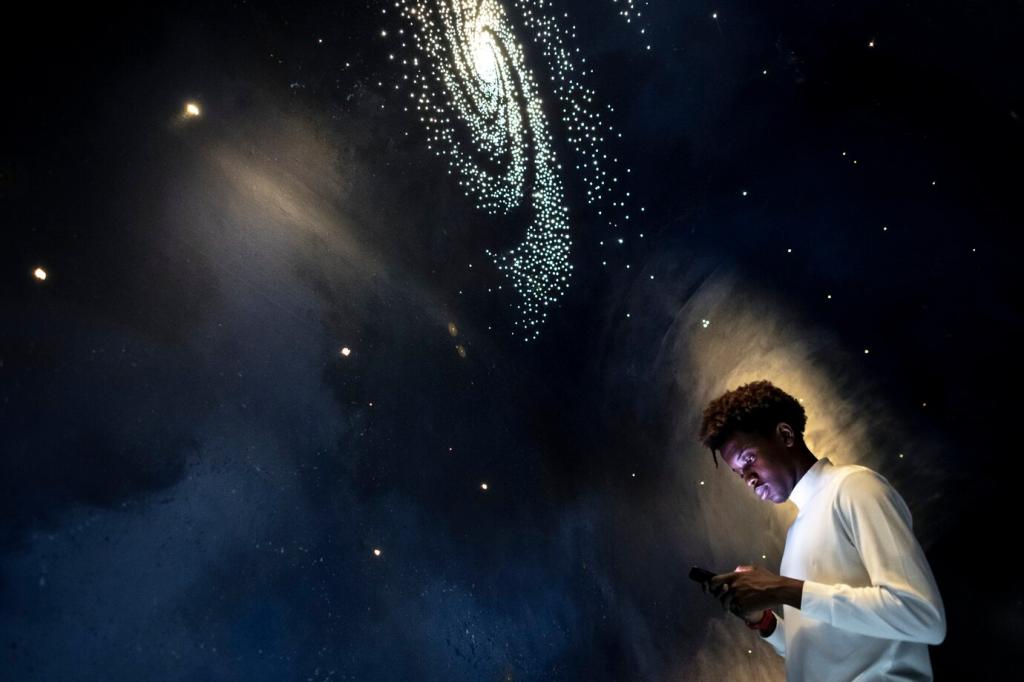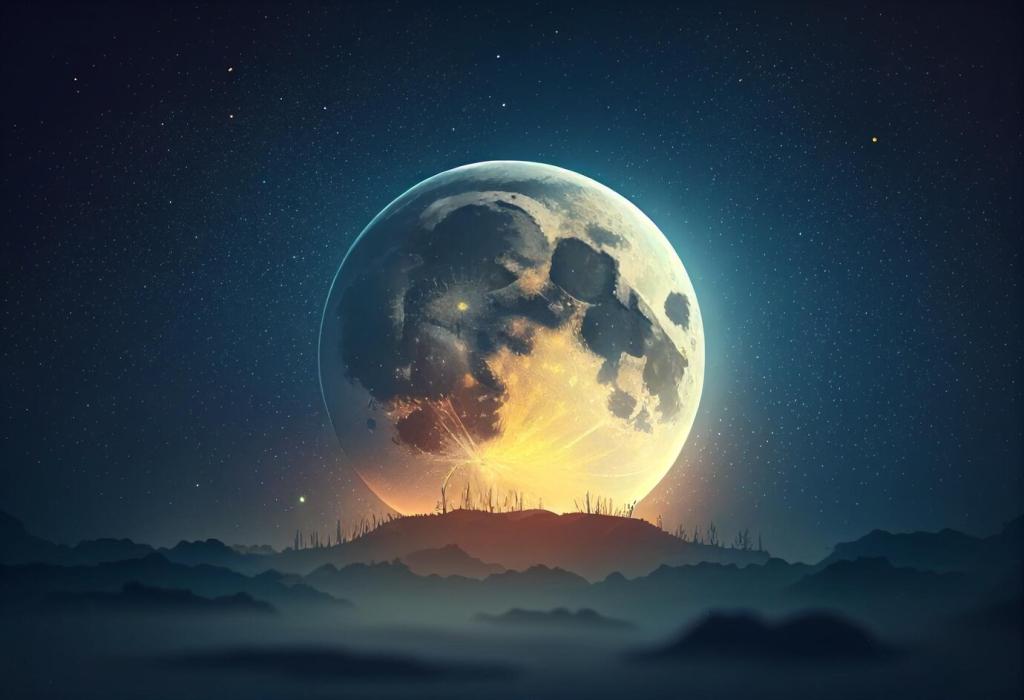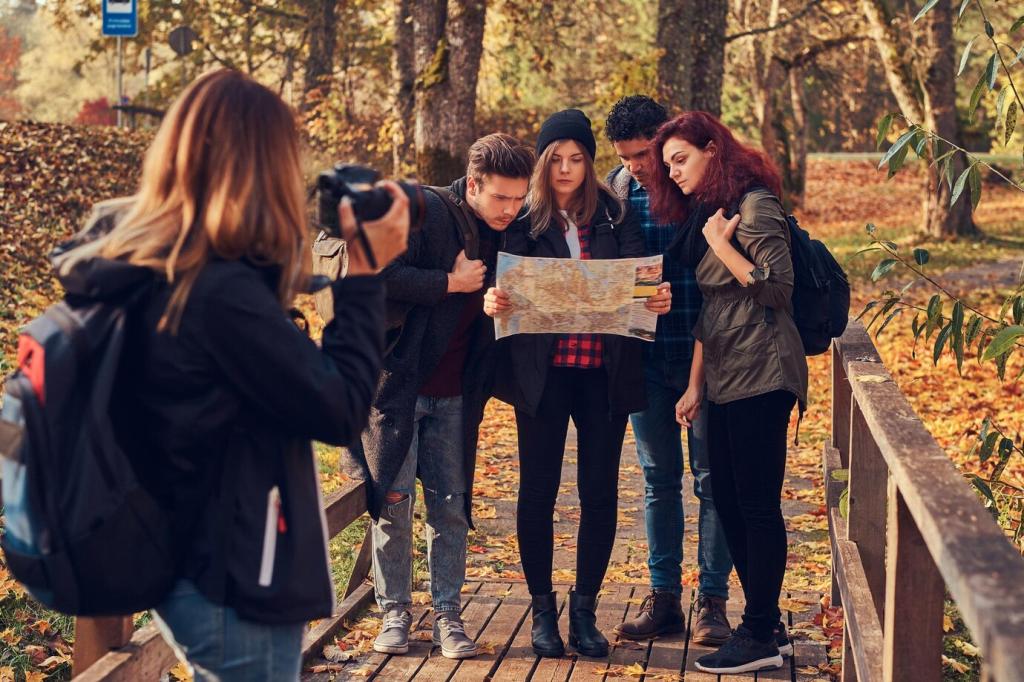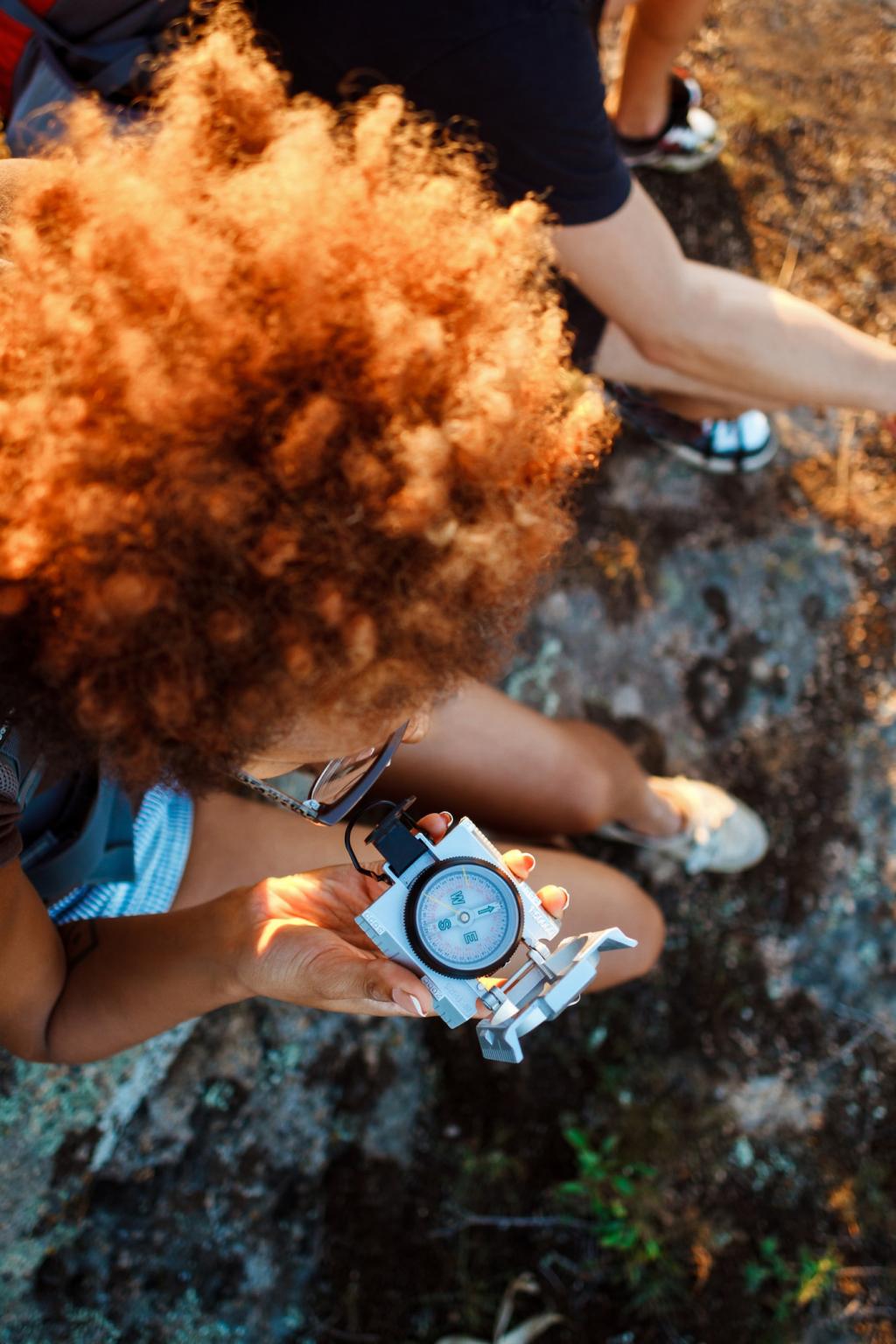Stargazing Tips for Campers: Your Night Sky Guide
Chosen theme: Stargazing Tips for Campers. Step beyond the campfire glow to uncover constellations, planets, and quiet wonders that turn every campsite into a cosmic theater. Join our community—share your best sky moments and subscribe for night-sky alerts.


Essential Gear for a Cozy, Clear Night
Red lights preserve your night adaptation, helping you see more stars. Choose dimmable, lockable headlamps and cover bright screens with red film. Keep spare batteries handy so you are never tempted by blinding white modes.
Essential Gear for a Cozy, Clear Night
Night air chills quickly under clear skies. Pack insulated layers, a sit pad, and a thermos. Slow, warm sips keep you comfortable without frequent trips. Quiet snacks reduce rustling, keeping your ears tuned to the night.
Camp Setup for Starry Success
Enjoy dinner flames early, then let coals fade before prime viewing. Turning away from bright embers preserves sensitivity. If you need a fire later, shield it or build smaller to reduce glare spilling across the campsite.
Camp Setup for Starry Success
Pitch your tent behind a natural windbreak, leaving an open sky window for lounging. Keep a stargazing spot separate from cooking and traffic. Lay a groundsheet with pillows so you can look up longer without strain.
Camp Setup for Starry Success
Set red lights, silence notifications, and lay out binoculars, charts, and a warm layer before dark. Store water within reach. Post your personal checklist in the comments—your tricks may inspire a newcomer’s best night ever.
Reading the Sky: Timing, Weather, and Events

For the richest Milky Way views, plan around a new moon or observe after moonset. A crescent moon can be charming for landscapes but washes out faint details. Track rise and set times before your trip.
Learning Constellations Without Overwhelm
Anchor Constellations and Seasonal Guides
Begin with the Big Dipper, Orion, and Scorpius depending on season. These bright shapes act like landmarks. From them, hop to fainter neighbors with confidence and celebrate each new pattern you add to memory.
Star-Hopping with Binoculars
Binoculars reveal clumps, doubles, and faint smudges that confirm you are on track. Practice short hops between bright stars, then longer leaps. Mark your route on a chart to reinforce the path for future nights.
Stories, Myths, and Personal Anchors
A camper once told me Orion was his winter camp buddy, guiding him back to a trail after fresh snow. Create your own stories; mnemonic hooks make constellations stick and spark conversation around the picnic table.

Astrophotography for Campers Without Fancy Gear
Stable Support and Simple Settings
Use a small tripod or rest your phone on a rock with a beanbag. Enable night mode or manual exposure, reduce ISO to limit noise, and use a timer to avoid blur while pressing the shutter.
Focusing and Framing the Milky Way
Tap to focus on a bright star or distant light, then lock. Compose with silhouettes of pines or a tent for scale. Keep horizons level and include foreground interest so your image tells a campsite story.
Gentle Edits and Sharing With Context
Light touch edits—noise reduction, contrast, and warm white balance—preserve natural skies. Add captions with location and conditions so others can learn. Tag us with your best shot; we love featuring camper successes.
Avoid shining lights into trees or across meadows. Keep food sealed and scents minimal. If you hear movement, stay calm and give space. Your silence helps owls hunt and keeps animals from associating camps with disturbance.
Wildlife, Safety, and Leave No Trace at Night
Join our mailing list
